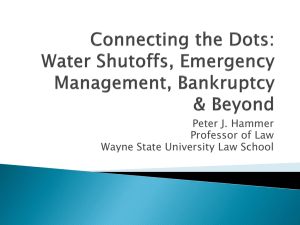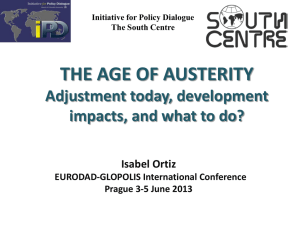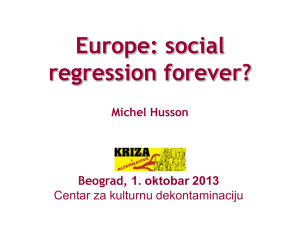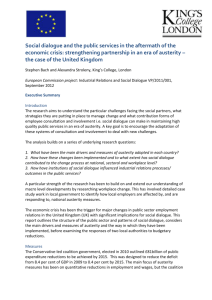AS_Britain_files/The Age of Austerity
advertisement
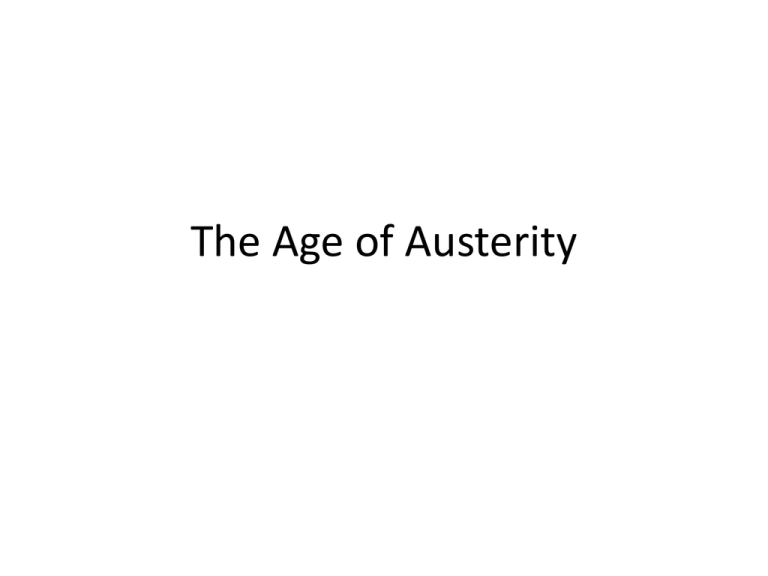
The Age of Austerity What does austerity mean? • In economics, austerity is a policy of deficit-cutting, lower spending, and a reduction in the amount of benefits and public services provided. • Austerity policies are often used by governments to reduce their deficit spending while sometimes coupled with increases in taxes to pay back creditors to reduce debt. • "Austerity" was named the word of the year by Merriam-Webster in 2010 • http://www.bing.com/search?q=austerity&src=IESearchBox&FORM=IE8SRC • http://www.youtube.com/watch?v=W1fXvxuI3Tg • In August 1945 American loans (known as LendLease) were ended. This produced an economic crisis. The economist John Maynard Keynes was sent to America to negotiate a loan from the US. In 1946, the US agreed to a loan of 3.75 billion at 2% interest. • British exports had collapsed. Heavy taxation was introduced by the chancellor of the exchequer, Hugh Dalton. This was meant to encourage firms to export. • By December 1946 there were serious fuel shortages affecting the whole economy and in January/February 1947 there was a very bad winter of Siberian proportions. The Conservatives coined the phrase ‘shiver with Shinwell’. Manny Shinwell was the Minister of Fuel and Power. http://www.youtube.com/watch?v=jkVuOSo uQR8 • Rationing continued well after the war finished. In 1947 rations were cut further than they had been during wartime. In November, 1947 even potatoes were rationed. This never happened in wartime. Tea rationing did not end until 1952. Sweet rationing ended in 1953. • The government asked the trade unions to impose a wage freeze. This meant they would not demand higher wages for workers. If they did this could lead to inflation. In April 1948, the TUC agreed to a wage freeze. • The cost of creating the welfare state and maintaining Britain’s defence commitments was huge. In 1951 prescription charges were introduced.
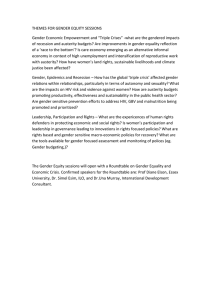
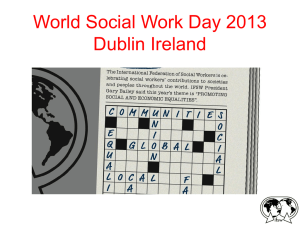
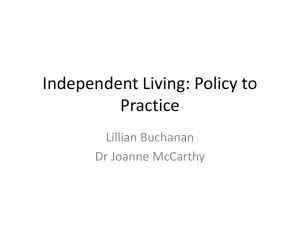
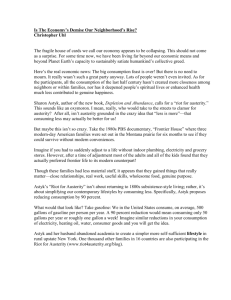

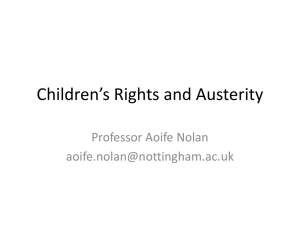
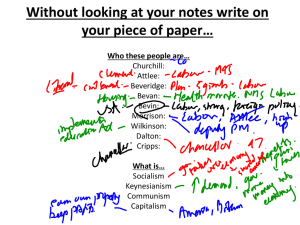

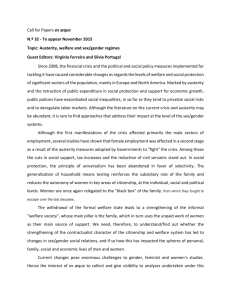

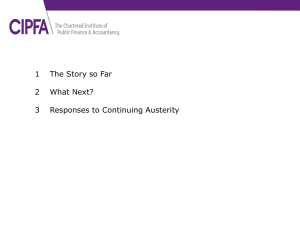
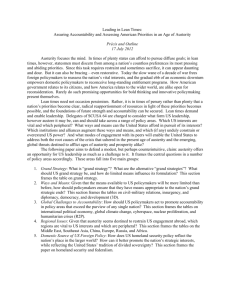
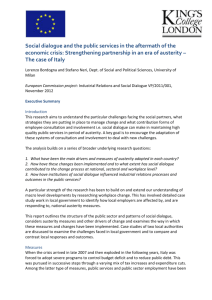
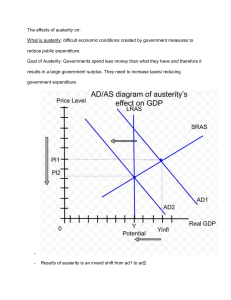
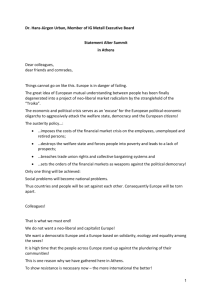


![Call For Papers [1] - University of Kent](http://s3.studylib.net/store/data/006833873_1-8bb8178a09089a6f24cf8d81966e31d4-300x300.png)
